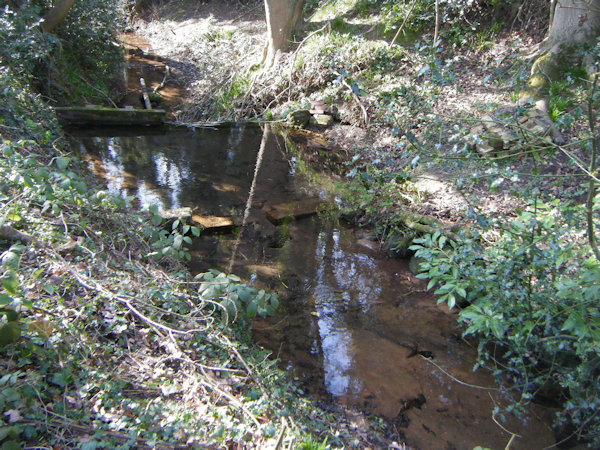 |
Dedication: none Location: Ashby-de-la-Zouch Coordinates: 52.75272N, -1.48169W Grid reference: SK350173 Heritage designation: none |
HOME - ENGLAND - LEICESTERSHIRE
 |
Dedication: none Location: Ashby-de-la-Zouch Coordinates: 52.75272N, -1.48169W Grid reference: SK350173 Heritage designation: none |
Nothing is known of the early history of the Holy Well. It does not appear to have had a direct link with Ashby's parish church, St Helen's, which is located quite a distance from the well, and I have found no record of any healing powers that the spring was once supposed to possess (although it almost certainly would have had some tradition associated with it prior to the Reformation).
The Holy Well was, however, once one of Ashby's main water supplies, and according to Linsdall Richardson, writing in Wells and Springs of Leicestershire (1931), the spring produces "30,000 to 35,000 gallons a day" (although by Richardson's time it was "not now used"). In one of the terms of an act of 1794 entitled An Act for Making and Maintaining a Navigable Canal from the Coventry Canal..., it was stated that no water was to be taken from the Holy Well to aid the canal's construction because of the spring's importance to the town:
|
Provided alſo, and be it Enacted, That nothing in this Act contained ſhall extend, or be deemed, conſtrued, or taken to extend to give Power or Authority to the ſaid Company of Proptietors, their or any of their Agents, Workmen, or Servants, or any other Perſon or Perſons whomſoever, at any Time or Times, to lead or take any Water into or for the Uſe of the ſaid Canal or Works, from or out of a certain Spring, called the Holywell, in the Pariſh of Aſhbydelazouch, or from or out of the Stream or Brook flowing from the ſame, whereby that Town is in Part ſupplied with Water, nor in any way to divert or obſtruct the Courſe of the ſaid Spring, Stream, or Brook; but that the ſame ſhall and may at all Times hereafter flow as freely, fully, and beneficially to the ſaid Town of Aſhbydelazouch, and along the antient [sic] Courſe thereof, to all Intents and Purpoſes as heretofore. |
The fact that the Holy Well was one of Ashby's main water supplies may explain the existence of a rather odd structure that can still be seen at the well. Today, this appears as the remains of what may have been two separate brick basins, at least one of them being plastered on the inside. The southern basin, which is much larger, appears to have once fed a large metal pipe leading downstream, only sections of which remain. It seems that these may have acted as storage tanks, from which the water was piped downstream to Ashby. From the structure's appearance, it was constructed in the 19th century, and could have replaced an earlier one. This structure is evidently deteriorating, as photographs of the Holy Well from several years ago show that more of it was extant; whether this deterioration is a result of vandalism or of neglect is unclear.
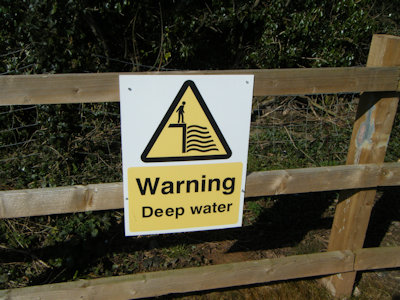 |
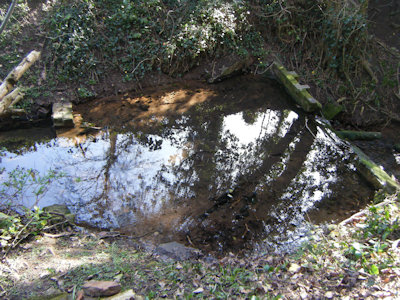 |
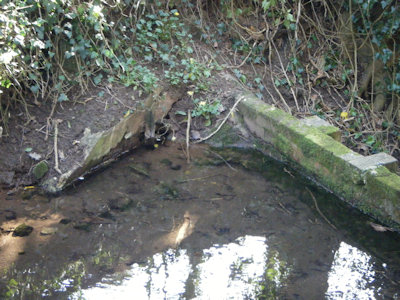 |
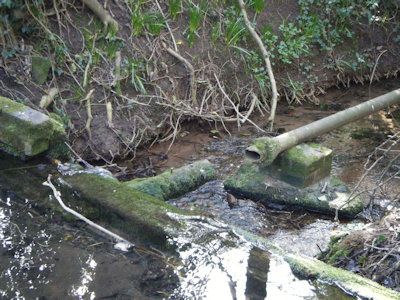 |
|
Access: The well can be accessed through a small gate to the north of the spring; however, the sides of the crevice in which the well is located are incredibly steep, and it would be impossible to access after rain. Alternatively, the Holy Well can be viewed with ease from the east, on the edge of a small orchard or playing field. |
Copyright 2025 britishholywells.co.uk